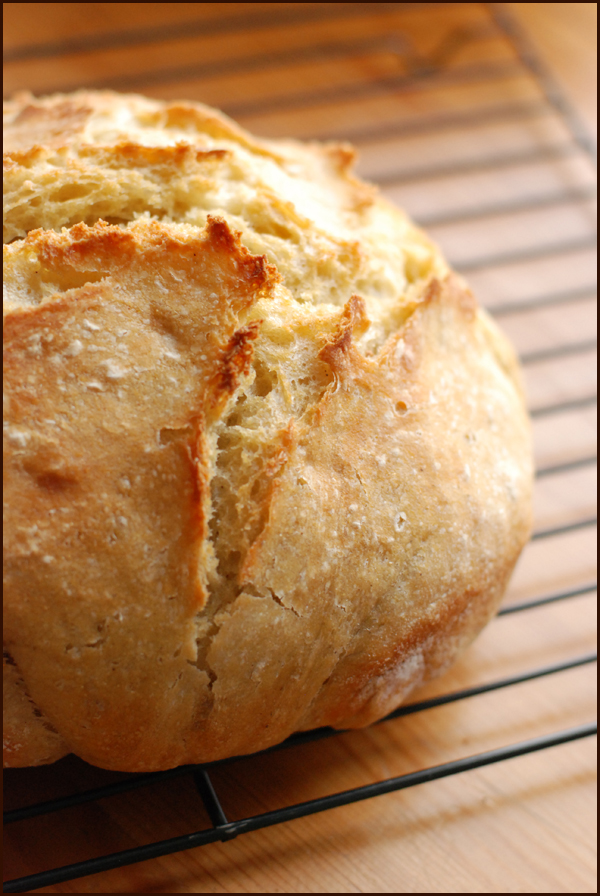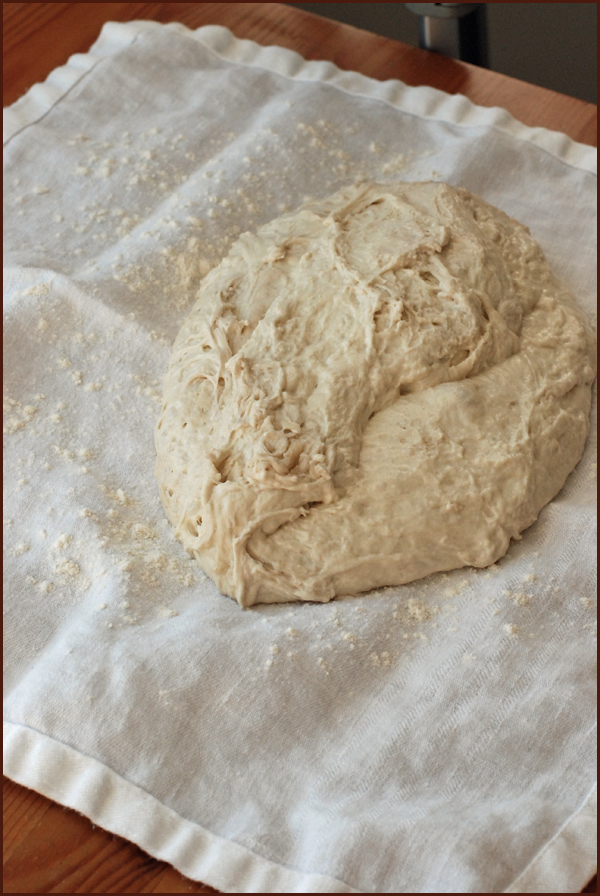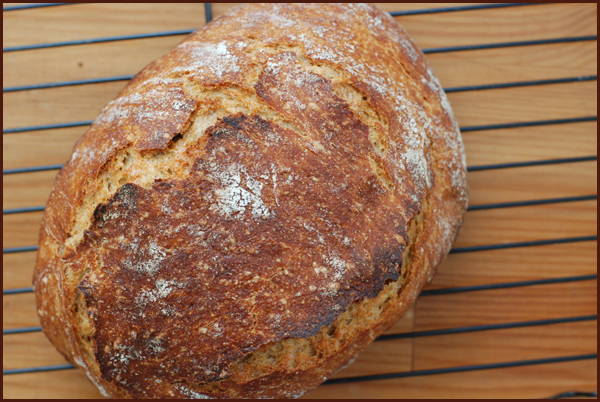 The first morning after the snow started, I woke up in a bit of a frantic state. I knew there'd be no way to get to work, so rushing to the office was off the table. I had plenty of work to do, but the commute downstairs to my couch is about the length of President Obama's. So why the rush? It was entirely the kitchen's fault. The kitchen was packed solid with groceries, Y2K style, and I, in a way that only other cooking-obsessed people can understand, felt a sudden urge to cook it all.
The first morning after the snow started, I woke up in a bit of a frantic state. I knew there'd be no way to get to work, so rushing to the office was off the table. I had plenty of work to do, but the commute downstairs to my couch is about the length of President Obama's. So why the rush? It was entirely the kitchen's fault. The kitchen was packed solid with groceries, Y2K style, and I, in a way that only other cooking-obsessed people can understand, felt a sudden urge to cook it all.
Reader, I have cooking neuroses.
When cooking panic hits, there's only one thing to do: get something started. And that's just what I did. I pulled a big bowl off the shelf, added a few cups of flour, an itsy little bit of yeast, some salt, and a couple glugs of water. I stirred. I covered.
I'm sorry, did you want more steps?
Really, that's all there is to this bread. It takes 2 minutes to start, and afterward, you have that wonderful sensation of having done something with your day. Works like a charm every time. As the name suggests, you don't knead this bread; instead, you leave it alone to rise for about 18 hours, which develops both the flavor and the gluten that obviates the need to knead (hehe). To cook it, you heat a heavy pot in a very hot oven, then drop in the dough and listen to it sizzle. You bake it in that very hot oven mostly covered -- the steam aids the bread's rise -- and then uncovered at the end, to achieve that crackly crust. It's pretty much foolproof, and it yields a wonderfully flavorful loaf, every single time.
I should add that the recipe below is really a master recipe, to which no small number of things can be added. Among my favorite extras are raisins and walnuts, olives, parmesan cheese, thyme, and rosemary. But please don't stop there. If cornmeal loaves with cheddar and jalapenos are your thing, go for it.
You can also experiment -- and boy, do I urge you to experiment -- with alternative flours. I've used up to 1/3 rye flour (from Anson Mills, and truly delicious), up to 2/3 white whole wheat, and up to 1/4 corn flour, all with great results.
No Knead Bread Adapted from Jim Lahey, Sullivan Street Bakery, via Mark Bittman
Time: About 1½ hours plus 14 to 20 hours’ rising
3 cups all-purpose or bread flour, more for dusting ¼ teaspoon instant yeast (aka regular yeast, such as Fleishmann's; not rapid rise) 1¼ teaspoons salt Cornmeal or wheat bran as needed (I frequently just use flour)
1. In a large bowl combine flour, yeast and salt. Add 1 5/8 cups water, and stir until blended; dough will be shaggy and sticky. Cover bowl with plastic wrap. Let dough rest at least 12 hours, preferably about 18, at warm room temperature, about 70 degrees (that's about, people. Don't go crazy trying to find a perfect spot.)
2. Dough is ready when its surface is dotted with bubbles. Lightly flour a work surface and place dough on it; sprinkle with a little more flour and fold it over on itself once or twice. Cover loosely with plastic wrap and let rest about 15 minutes.
3. Using just enough flour to keep dough from sticking to work surface or to your fingers, gently and quickly shape dough into a ball. Generously coat a cotton towel (not terry cloth) with flour, wheat bran or cornmeal; put dough seam side down on towel and dust with more flour, bran or cornmeal. Cover with another cotton towel and let rise for about 2 hours. When it is ready, dough will be more than double in size and will not readily spring back when poked with a finger.
4. At least a half-hour before dough is ready, heat oven to 450 degrees. Put a 6- to 8-quart heavy covered pot (cast iron, enamel, Pyrex or ceramic) in oven as it heats. When dough is ready, carefully remove pot from oven. Slide your hand under towel and turn dough over into pot, seam side up; it may look like a mess, but that is O.K. Shake pan once or twice if dough is unevenly distributed; it will straighten out as it bakes. Cover with lid and bake 30 minutes, then remove lid and bake another 15 to 30 minutes, until loaf is beautifully browned. Cool on a rack.
Yield: One 1½-pound loaf.


